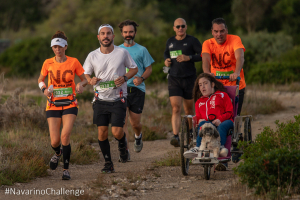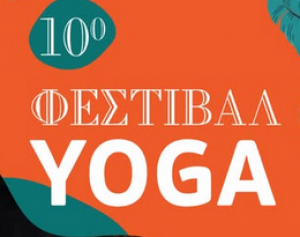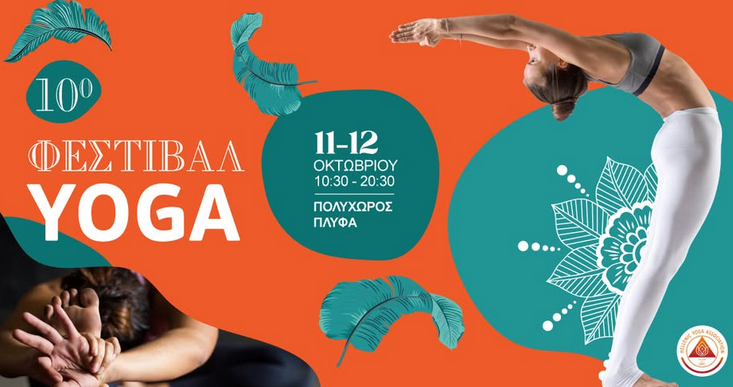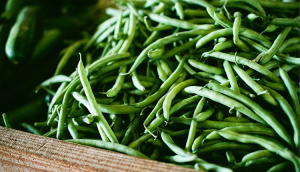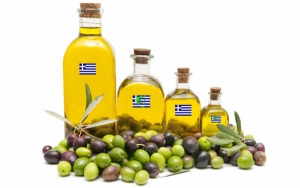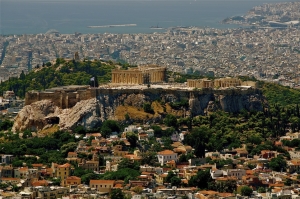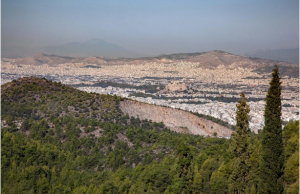The best wellness event in Europe and second in the world, Navarino Challenge, returns with its key message “sports unites people”, bringing all people together, without discrimination while celebrating with them its 10 years of presence through sports, tourism and the history of Messinia.
Amateur and professional athletes from Greece and abroad will participate in the celebration of sports tourism that will be held on October 21-23, 2022, at
Costa Navarino and Pylos.
More than 30 sports activities, with the presence of Olympic athletes alongside amateur athletes of all ages and abilities, compose this year’s Navarino Challenge, which now bears its new, 10-year anniversary logo.
Running in the magical Voidokilia - Register now
The participants will have the opportunity to run again this year crossing the dreamy beach of Voidokilia, with the Greek-American ultramarathon runner Konstantinos Dean Karnazes. The remarkable athlete will visit our country this year with his entire family and as a leading ambassador will strengthen for another year the participation of the Greek-American community that began 10 years ago.
Runners can secure their participation from now on and take advantage of the early bird prices, by completing the available form through the following
link.
Honored guests from 2013 until today
Since 2013, the year that Navarino Challenge started, the event has honored great sports personalities who will be present again this year such as Panagiotis Giannakis, Konstantinos Dean Karnazes, Periklis Iakovakis, Alexandros Nikolaidis, Michalis Triantafyllidis and Dimitris Theodorakakos.
One of this year’s honorees will be the European champion and 11-time triathlon champion in Greece Grigoris Souvatzoglou.
The new ambassadors of Navarino Challenge
Navarino Challenge brings new personalities to its 10th anniversary. The Navarino Challenge team is strengthened with:
- Christina Flampouri, the only Greek woman who has conquered the 7 highest peaks in the world, who will be responsible for the indoor climbing activity
- and Georgia Kaltsi, the great wheelchair, basketball and fencing athlete
Navarino Challenge at the top of the 2022 Sports Marketing Awards
The award-winning sports tourism event Navarino Challenge excelled for another year at the Sports Marketing Awards, the institution that highlights the “champions” of Sports Marketing in Greece, receiving a total of 7 awards. More specifically, the event received 3 Gold Awards in the “Most Innovative Use of Content Creators & Influencers”, “Running & Live Well” and “Best Native Advertising Campaign” categories, 3 Silver Awards in the “Sports Tourism”, “Best Strategy for Branding” and “Kids / Youth / Grassroots” categories, as well as 1 Bronze Award in the “Best New Sponsorship” category for the sponsorship of Nestle Fitness, proving its steady upward trend, credibility and innovation as an event in the field of sports and tourism.
Accolade in the #BeactiveHellas program among 700 events
Navarino Challenge, which highlights the authentic values of the sports ideal, with activities that promote the Olympic spirit and participation of people of all ages, while educating young people alongside model athletes and Olympians, was distinguished among more than 700 events from the #BeactiveHellas program of the European Commission which is held under the auspices of the General Secretariat of Sports.
Costa Navarino and The Westin Resort Costa Navarino are the Official Hospitality Sponsors.
Navarino Challenge will take place under the auspices of the Ministry of Tourism, whose mission is the formulation of the tourism policy and the executive planning of the tourist development of Greece.
The event is organized by ActiveMedia Group which is also responsible for the event’s Sports Production.
Photo credit: Navarino Challenge


